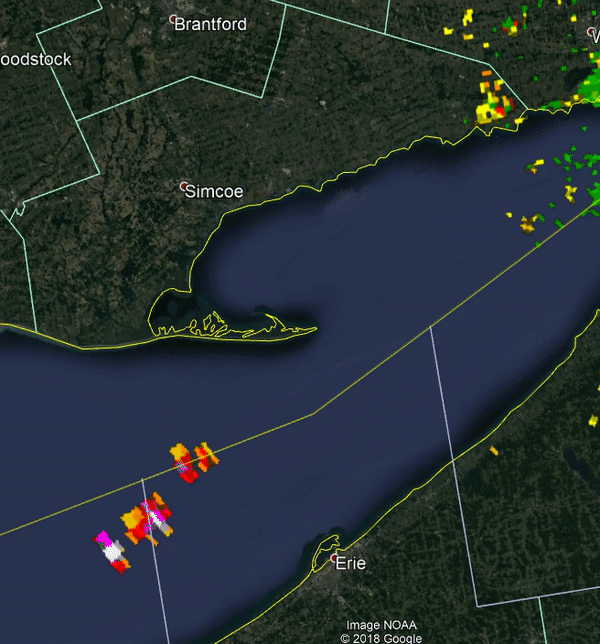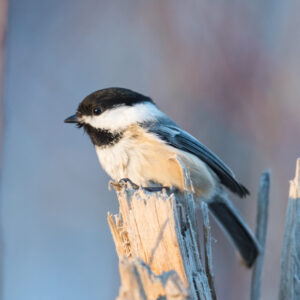Roost Reports
In this section, you will find summaries, in the form of annual reports, of the data gathered from roost monitoring undertaken as part of Nature Canada’s Save Our Swallows campaign. Swallows congregate in large numbers in favorable habitats, where they have easy access to food and protection from predators. Five of the six swallows commonly found in Ontario begin roosting at the end of their breeding season, around late July, and before departing on their long migrations, in early September, to their wintering grounds in the south. Bank Swallow, the only exception, starts roosting in the midst of its breeding season.
Swallow roosts are ephemeral in nature and only last for about a month. However, in that short time, numerous swallows can gather together in relatively small geographic spaces. Hundreds to hundreds of thousands of swallows can settle in one roost site and take advantage of the food (insects) and safety in numbers. Large enough roosts can also be detected on a weather radar. When the swallows depart the roost site in the early hours of the morning, a radar monitor with adequate training can easily identify the distinct “donut” shaped image that appears on the radar.
With these reports, we hope to present an accurate picture of the results we have gathered through roost monitoring. Although there are many functions of a roost that are still shrouded in mystery, we believe that protecting roost sites should be of utmost importance, as the sheer concentration of at-risk and declining birds, which includes threatened species such as Barn & Bank Swallow, in one area can be extremely vulnerable to any sort of developments or disturbance form humans.




